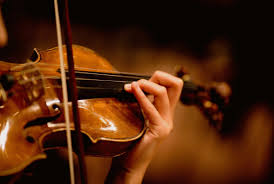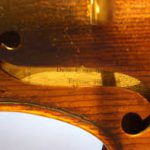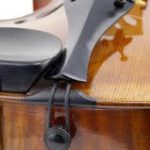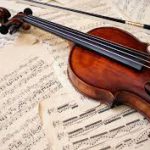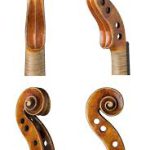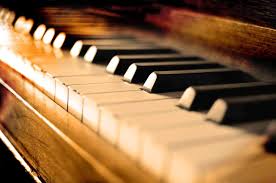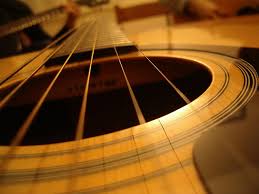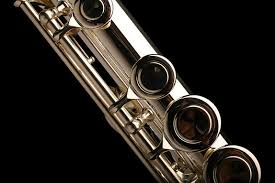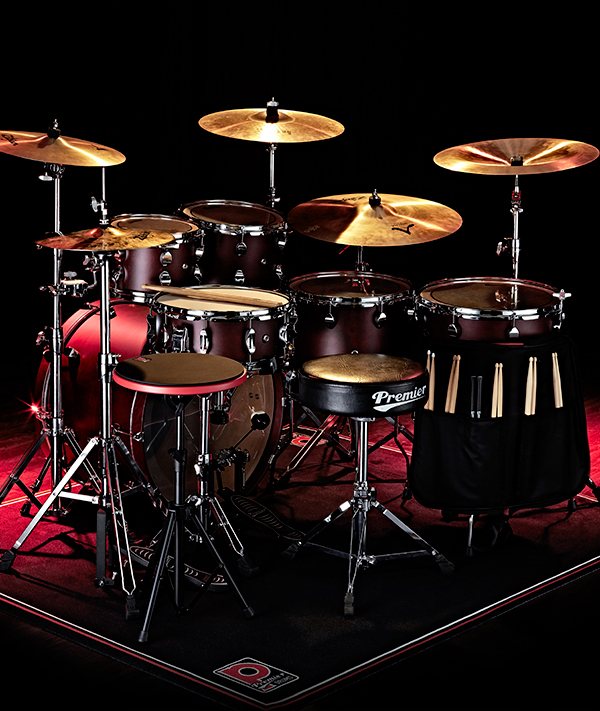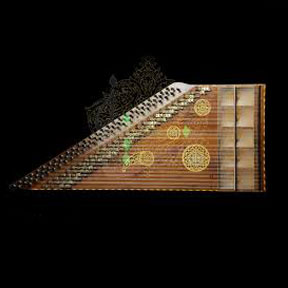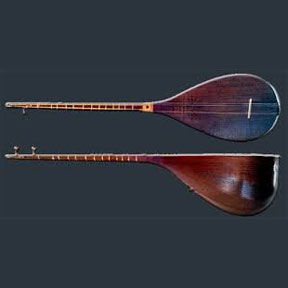History:
The violin, viola, cello, and double bass (sometimes referred to simply as “bass”) form the string section of the symphony orchestra. The timbre of these instruments, along with their size and range, varies greatly. The violin is the smallest instrument in this group and has the highest pitch range, while the double bass is the largest and produces the lowest pitch. In symphonic music, strings are typically played with a bow, a slightly curved wooden stick with horsehair stretched along its length.
In addition to bowing, string instruments in the symphony orchestra can also be played by plucking the strings. Among all instrument families, the string section has the most diverse sound and the widest range of expression. Their tonal colors are varied, their pitch ranges are extensive, and their dynamic capabilities are vast. String players can produce bright and agile sounds, or slow and trembling tones; they can control the sound with the delicacy and subtlety of a vocalist. The role of string instruments in orchestral works is more significant than any other instrument group. Despite the different timbres, the sounds of the four string instruments blend beautifully. Understanding the structure of string instruments and the way they produce sound is beneficial; the violin can represent the entire family of string instruments.
The wooden, hollow body of the violin has four strings attached to pegs. The strings pass over a wooden bridge and are then tightly wound around wooden tuning pegs at the other end. The bridge keeps the strings slightly elevated above the fingerboard, allowing them to vibrate freely and transmit these vibrations to the body, where they are amplified and colored. Each string is tuned to a different pitch by tightening or loosening the pegs (the tighter the string, the higher the pitch).
The player draws the bow across the strings with their right hand, causing them to vibrate. The speed at which the bow is drawn and the amount of pressure applied to the strings determine the sound’s volume (dynamics) and color. The pitch is controlled by the left hand; the player presses different points on the string along the fingerboard, shortening the vibrating portion of the string, and thus altering the pitch. This process is called “fingering,” and by pressing the string between the finger and the tuning peg, the player can produce a specific range of pitches on each of the violin’s four strings.
In terms of register, the violin is the highest-pitched string instrument, producing a warm sound that is close to the human voice. It is a highly technical instrument capable of executing many subtle nuances. The violin has four strings that are tuned in perfect fifths: E (highest), A, D, and G (lowest). Notable violin makers include the Amati family, Stradivari, and Guarneri.
The violin can be played in two ways: with the bow or pizzicato. Pizzicato is when the strings are plucked with the fingers instead of using the bow. The violin’s role in the orchestra is crucial, as it is considered the main body of the orchestra. Famous violinists include Paganini, Vivaldi, Tartini, Sarasate, and Strauss.
The viola, cello, and double bass have similar constructions to the violin and are played in the same manner. The different playing techniques used for string instruments create a variety of sound effects, including:
Pizzicato: The player plucks the strings with one of the fingers of the right hand. In jazz music, the double bass is often played pizzicato.
Double Stops: The player can play two notes simultaneously by drawing the bow across two strings. By quickly moving the bow across three or four strings, three or four notes can be played almost simultaneously, though not precisely.
Vibrato: The player produces a wavering, expressive sound by pressing down and shaking the string with the left hand, causing slight variations in pitch that warm and enrich the tone.
Mute: By placing a mute (similar to a small clamp) on the bridge, a softer, more muffled sound is produced.
Tremolo: The player rapidly repeats a note by moving the bow back and forth quickly across the string. This technique, when used with strong dynamics, creates a sense of tension and produces a very high-pitched, whistling sound.
Though the violin, viola, cello, and double bass are similar, they each have distinct roles within the orchestra. The captions under the images in this section explain the specific functions of each instrument.
Some string instruments are played without a bow and by plucking the strings. The most important of these instruments are the harp and the guitar. The harp is the only plucked string instrument widely used in the symphony orchestra.
The violin is a stringed and bowed instrument. It is the smallest member of the string family. When playing, the violin is usually placed on the left shoulder and played with the bow in the right hand.
The strings of the violin are tuned in perfect fifths from high to low: E (first string), A (second string), D (third string), G (fourth string). The violin is capable of playing all chromatic intervals and even smaller intervals within this range.
History of the Violin:
The history of the violin in Europe dates back to the 9th century A.D. Many believe that the violin is a perfected version of the rebab, an instrument that was later brought to Europe, where it underwent changes and became known as the rebec. Some believe the violin originated in an Indian empire around 5000 B.C., while others trace its roots to Africa and even Arab countries. Early forms had a hole on the body, but this was later removed, leading to the development of the four-stringed violin seen in later years. The fully developed violin appeared in Europe after the 11th century.
Violin Makers:
One of the earliest violin makers was Gasparo Bertolotti of Italy, who is sometimes credited with inventing the violin. One of his famous students was Andrea Amati, who in turn trained Antonio Stradivari, the greatest violin maker in history. No one has been able to surpass Stradivari’s craftsmanship in terms of beauty and sound quality.
The violin is made up of 58 different parts and weighs about 400 grams. Its main components include:
Bow: A wooden stick with horsehair stretched along its length, used to play the strings.
Resonance Box: Made up of the top plate, back plate, and ribs, this box amplifies the sound and gives the violin its characteristic resonance.
Neck: The part where the strings are attached and where the player’s fingers press the strings.
Bridge: A small wooden piece that separates the strings from the body and transmits their vibrations to the resonance box.
Strings: Four strings that are tuned in perfect fifths: E (highest), A, D, and G (lowest).
The role of the violin in orchestras is significant, whether in group performances, chamber orchestras, or solo performances. It is one of the most important instruments in the orchestra, and the earliest well-known violin makers were from Italy. Gasparo da Salò made the first true violin, but the most famous violins were made in Cremona. Andrea Amati, his son Nicola Amati, and his student Antonio Stradivari created the finest violins ever made.
The violin is the smallest member of the string family and has the highest pitch range. It plays a crucial role in the orchestra, often forming the main body of the ensemble. Renowned violinists include Paganini, Vivaldi, and others.

